
Grades:
4th Grade
Students learn vocabulary and learn about how light and shadows interact. Students explore using flashlights and making shadow hand puppets.
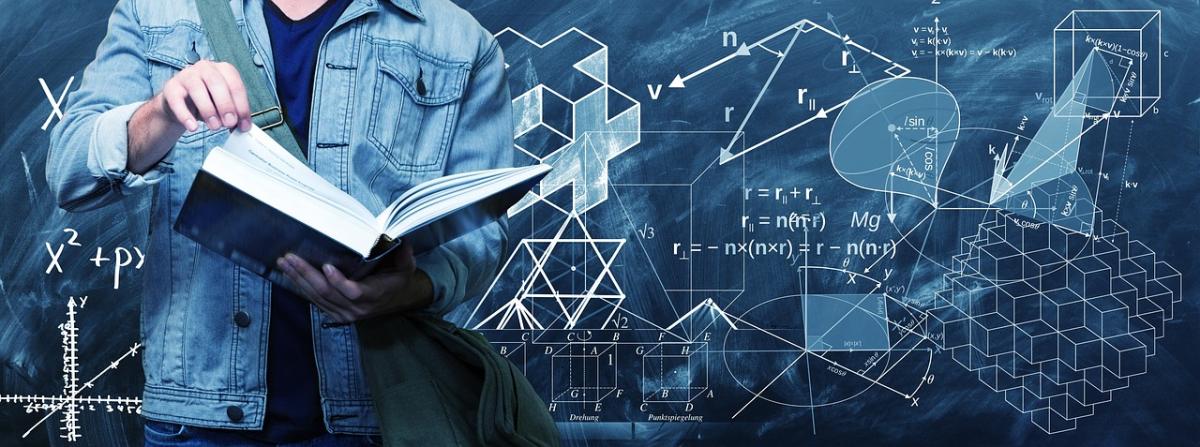
Grades:
10th Grade
Students will learn about the concept of ratios and their applications in cooking and baking. They will create simple recipes, formulate questions based on these recipes, and engage in activities to
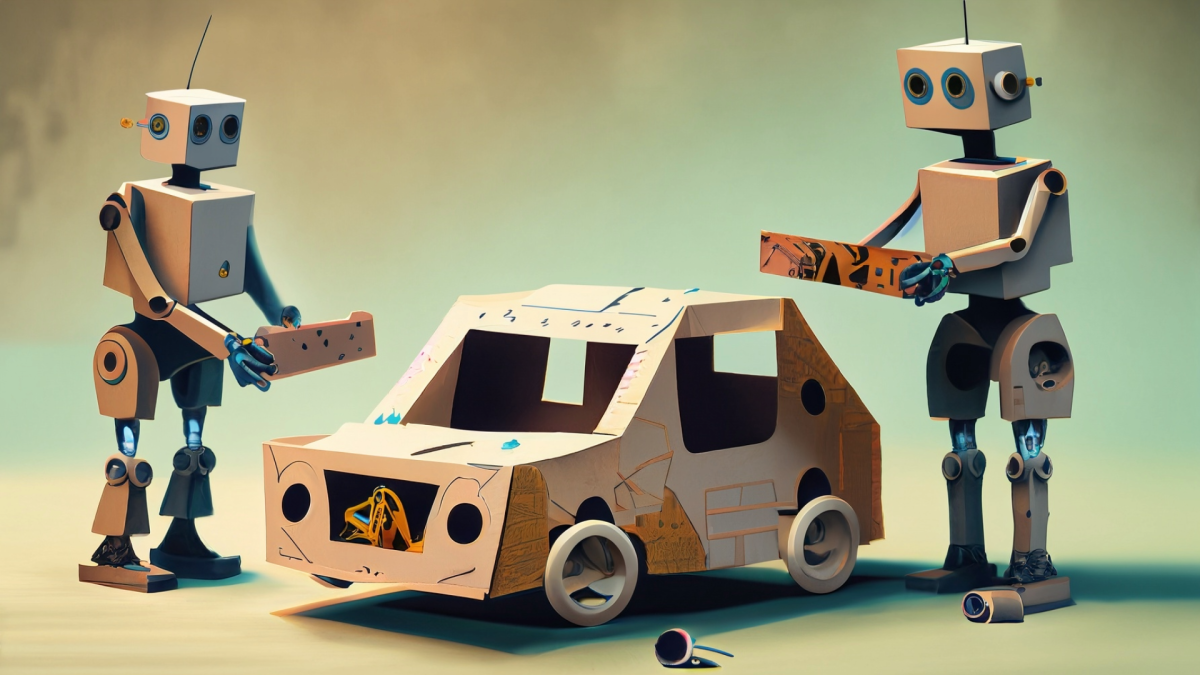
Grades:
6th Grade, 7th Grade, 8th Grade, 9th Grade, 10th Grade, 11th Grade, 12th Grade
In this lesson students use a Pocketlab Voyager to collect data on a toy car as it goes down a track. Analysing the data, students calculate gravitational potential energy and Kinetic energy of the

Grades:
6th Grade, 7th Grade, 8th Grade, 9th Grade, 10th Grade, 11th Grade, 12th Grade
This lesson is intended to be an introduction to teach students how to use the PocketLab Voyager. It covers how to connect the Voyager to your device, using Pocklab Notebook, collecting and analysing

Grades:
6th Grade
Explore the concepts of force and energy transfer by launching rockets of varying weights and observing the resulting flight distances. Gather numerical data on the flight distances of the rockets and

Grades:
6th Grade
Students will: Construct a pool noodle rocket flinger using provided materials, demonstrating an understanding of the design principles involved. Explore the concepts of force and energy transfer by
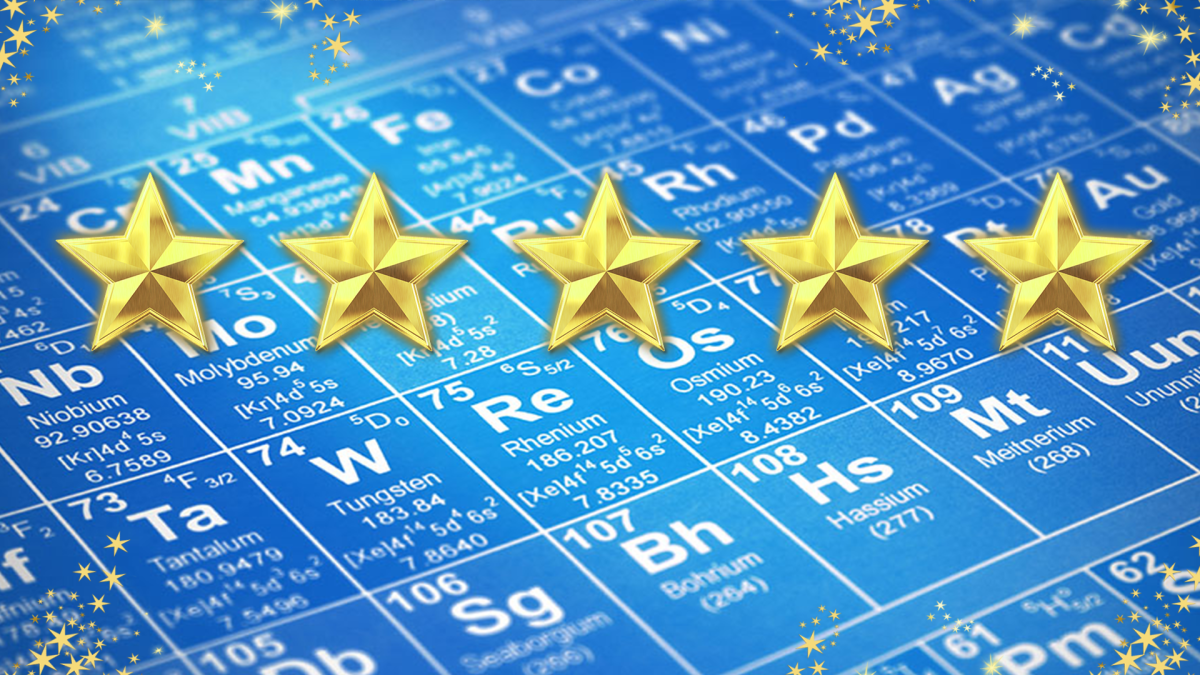
Grades:
9th Grade, 10th Grade, 11th Grade, 12th Grade
The first rule in the chemistry lab is “don’t eat or drink or lick anything in the lab”! This lesson breaks those rules and shows students how culinary is really a practical application of chemistry
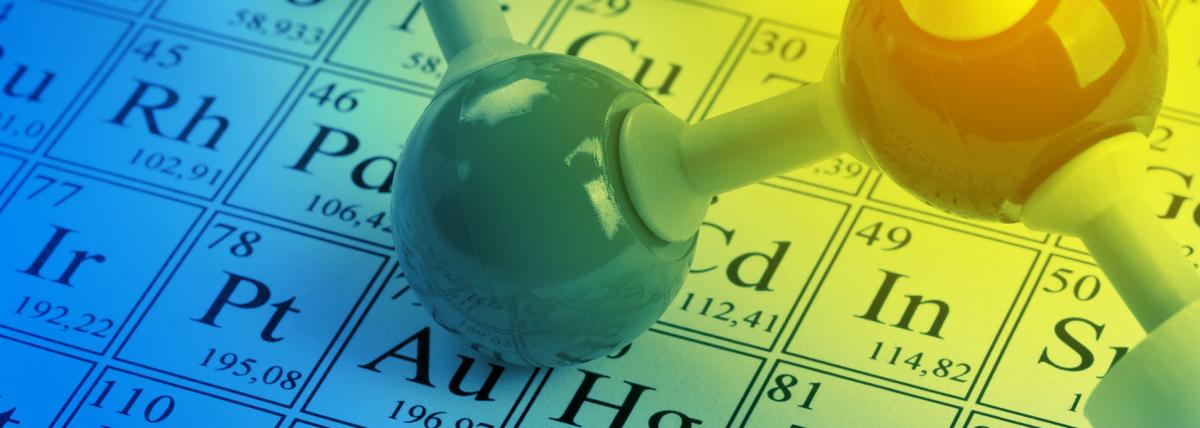
Grades:
10th Grade, 11th Grade, 12th Grade
In this engaging and interactive lesson, high school students (grades 10-12) will explore the fascinating world of molecular geometry using the PhET "Molecule Shapes" simulation. The lesson is
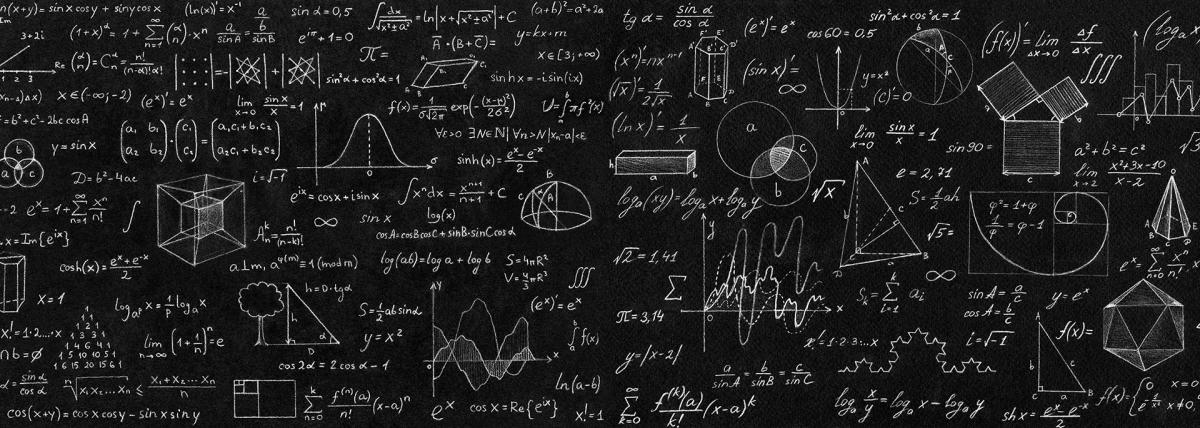
Grades:
9th Grade, 10th Grade, 11th Grade, 12th Grade
This lesson can be used as a formative assessment on Static Equilibrium of a horizontal meter stick that has two masses hanging from the meter stick. One of the mass values is provided, the 2nd mass
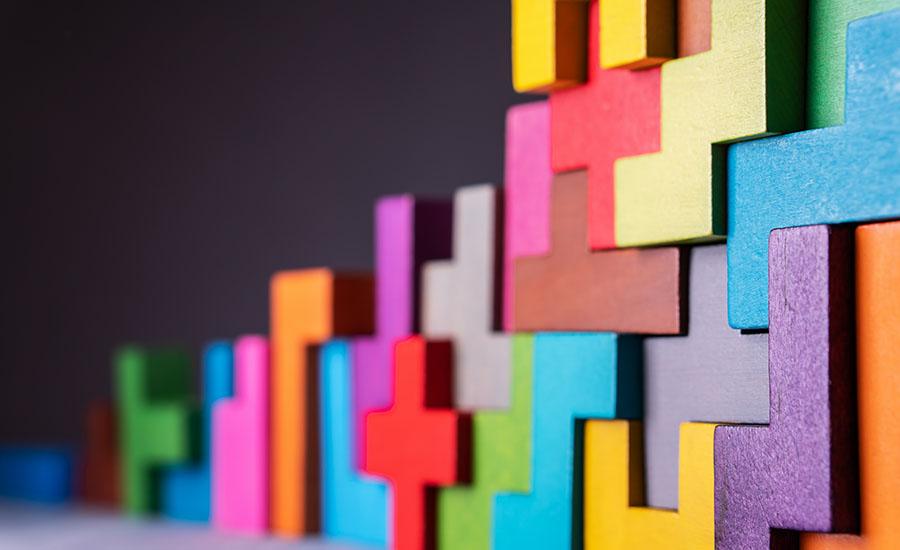
Grades:
11th Grade, 12th Grade
Students will design and build eco-friendly Art Deco-inspired miniatures of party venues from "The Great Gatsby" by learning principles of geometry, engineering, and sustainability, and culminating in

Grades:
11th Grade
Students will identify and address problems from "Animal Farm" through STEM projects by collaborating in small groups to research, develop proposals, and present solutions, with tailored support and
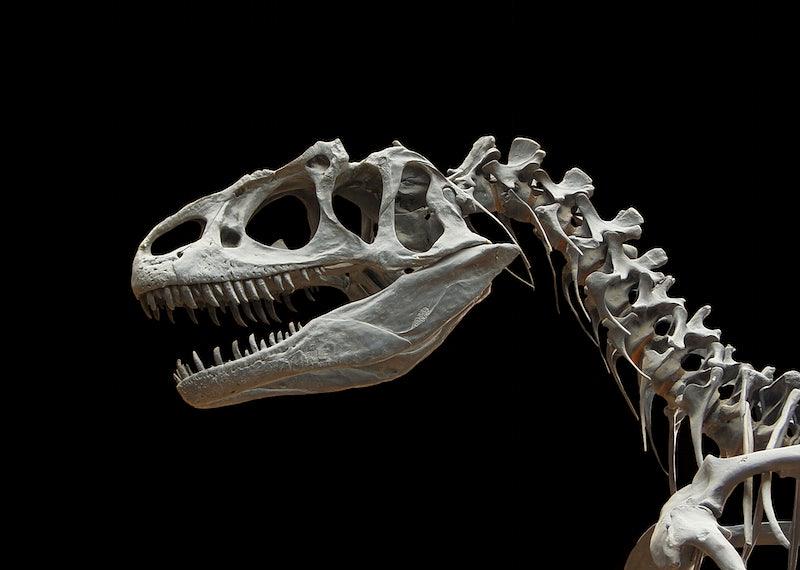
Grades:
6th Grade, 7th Grade, 8th Grade, 9th Grade, 10th Grade, 11th Grade, 12th Grade
Students put together fossil bone cut outs to determine a prehistoric species before learning about the different ways scientists determine the physical characteristics of extinct organisms.
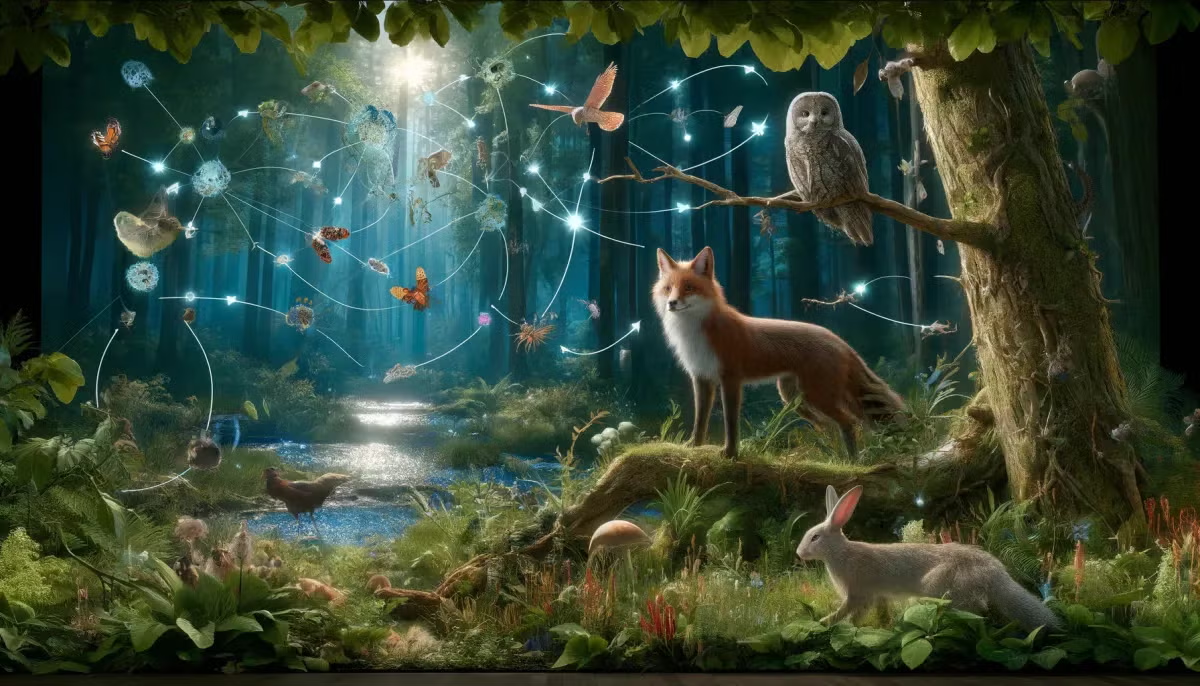
Grades:
2nd Grade, 3rd Grade
Students will research a biome around the world, including 3 animals, 3 plants, and 3 nonliving parts of the ecosystem. Students will construct a diorama of the biome and illustrate a natural disaster

Grades:
9th Grade, 10th Grade, 11th Grade
A common challenge in Thermodynamic Chemistry is how do endo vs. exothermic reactions FEEL. Students will conduct three different chemical reactions to collect data and observations about the

Grades:
7th Grade, 8th Grade, 9th Grade
I recently extended my lesson on my homesite lease, which involves land plots on the reservation. I covered the process of designing our land plot, including drawing elements such as homes, corrals
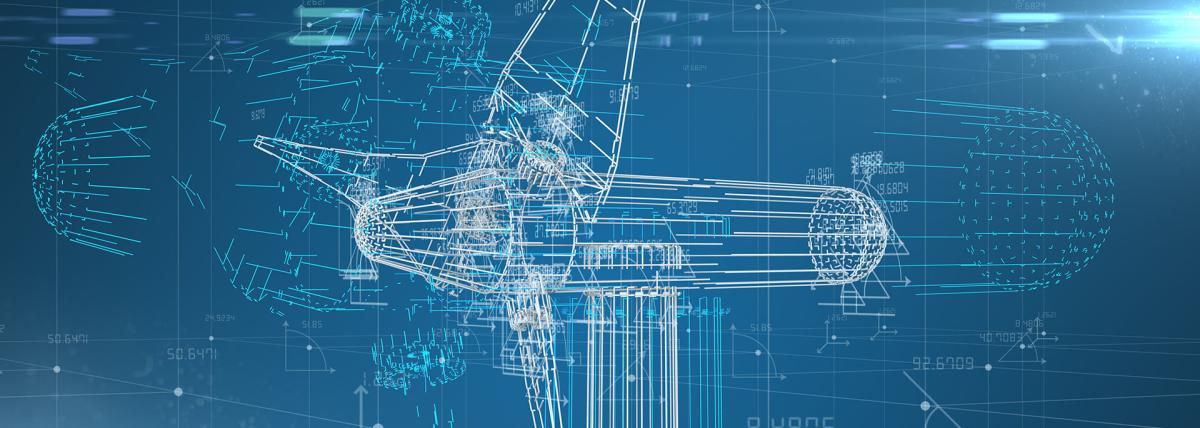
Grades:
9th Grade
For hundreds of years, people have harnessed moving air (wind) to do work. The earliest forms of wind-powered machines were sailboats. Wind pushing against the sails of a boat provided the energy to
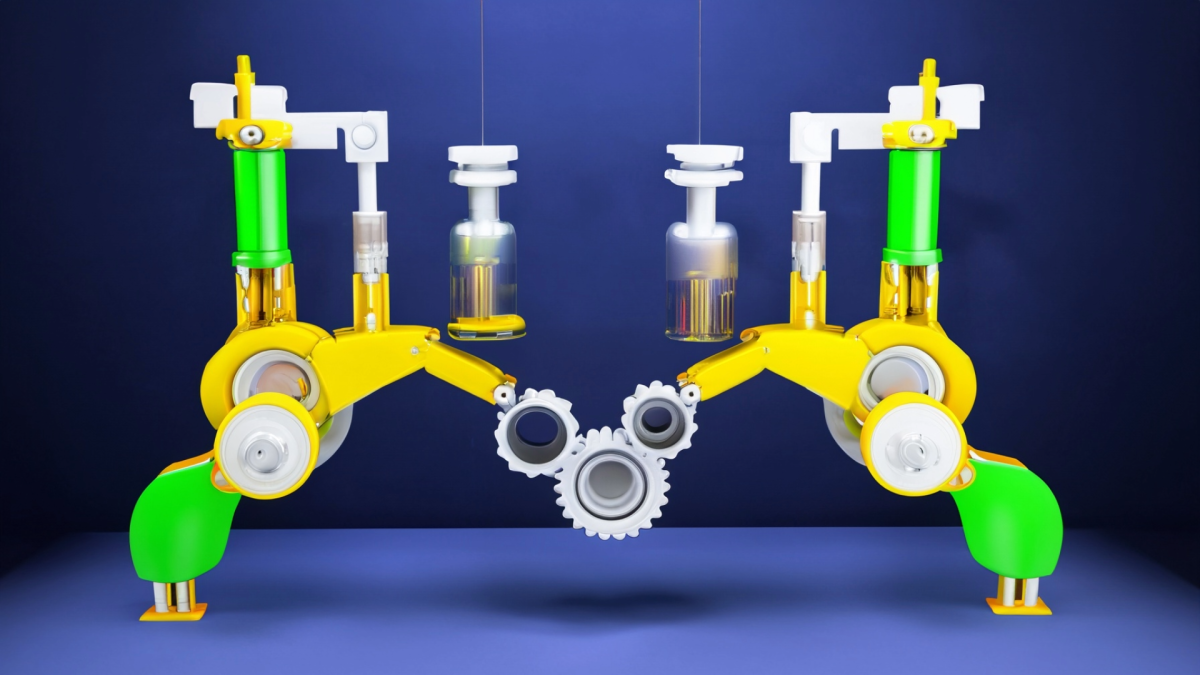
Grades:
8th Grade
Students will construct an explanation of how energy can be transferred from one energy store to another, integrating STEM principles through hands-on activities and real-world applications.

Grades:
3rd Grade
In this lesson, students explore the 4 forces of flight by constructing a kite out of one piece of paper while simultaneously reflecting on the school year and get to share their favorite memories

Grades:
6th Grade, 7th Grade, 8th Grade
This is a lesson designed for Edison Robots. Students will use the EdCreate kit to engineer the robot into an EdTank cotton ball launcher which represents a robot that assists in firefighting

Grades:
6th Grade, 7th Grade, 8th Grade
This is a lesson designed for Edison Robots. Students will collaborate in small groups to complete the challenge of coding the robot to represent a train with automatic headlights. A successfully
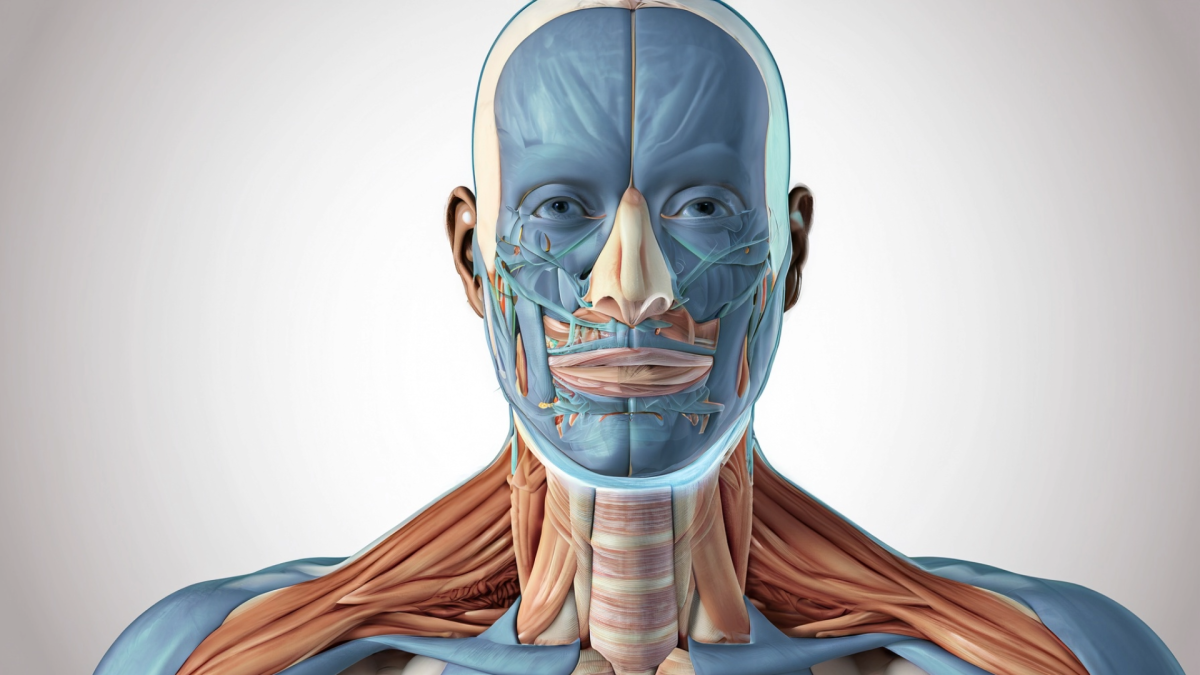
Grades:
8th Grade
Students will understand the relationship between physical movement and energy production, and apply this knowledge to determine how much physical activity is required to power various household items

Grades:
11th Grade, 12th Grade
In this lesson, students build and launch their own rockets. They then analyze and explain the motion of the rocket using the cause-mechanism-effect framework.

Grades:
11th Grade, 12th Grade
In this lab, students will extract copper from Copper (II) Sulfate using Iron. Students will balance the equation, label the equation, calculate molar mass, calculate the limiting reactant and excess

Grades:
6th Grade
During this activity students will build a payload rocket from pieces. After building the rocket, students will use the EDP to create a cargo carrier that holds an egg. This is placed in the rocket


